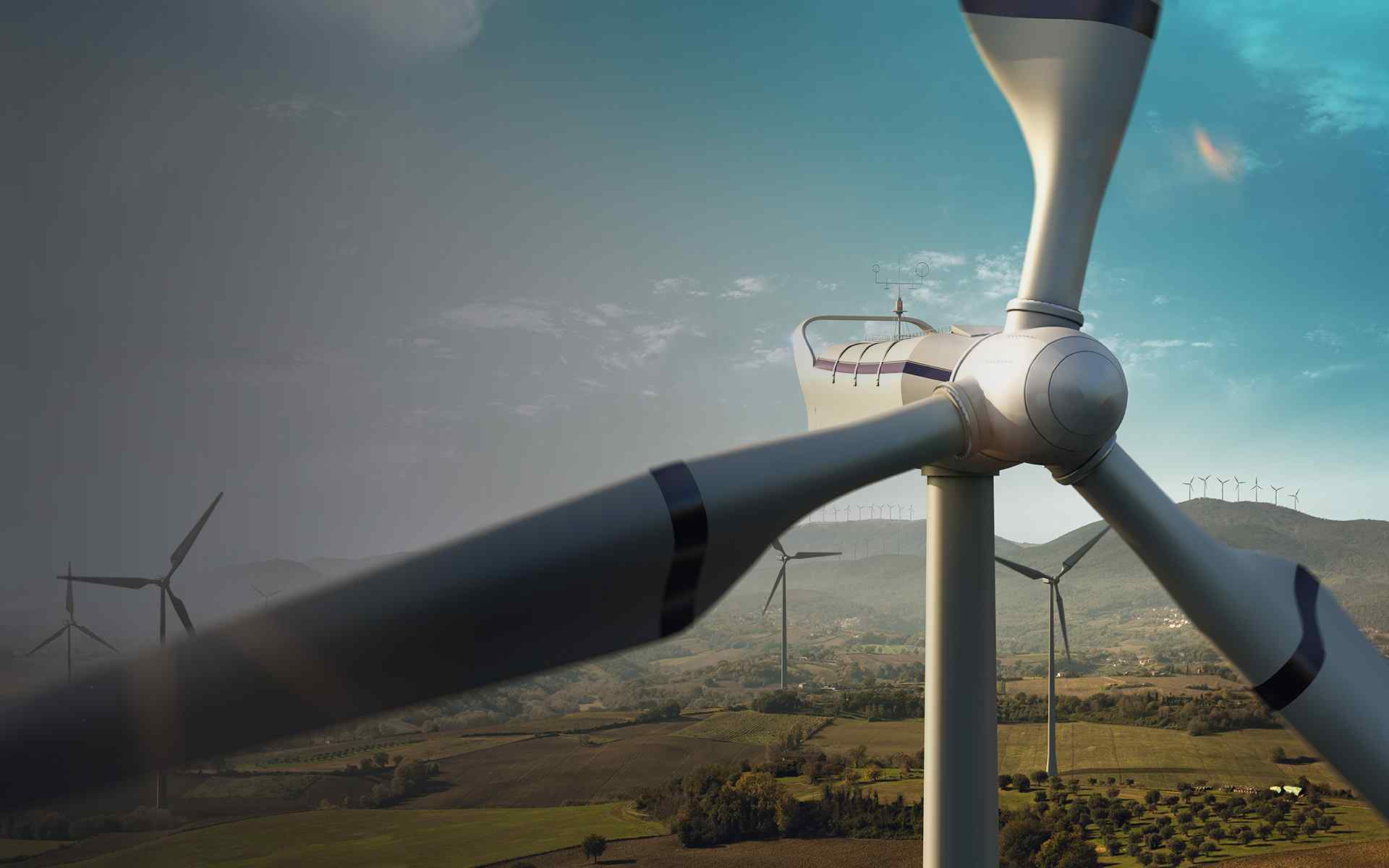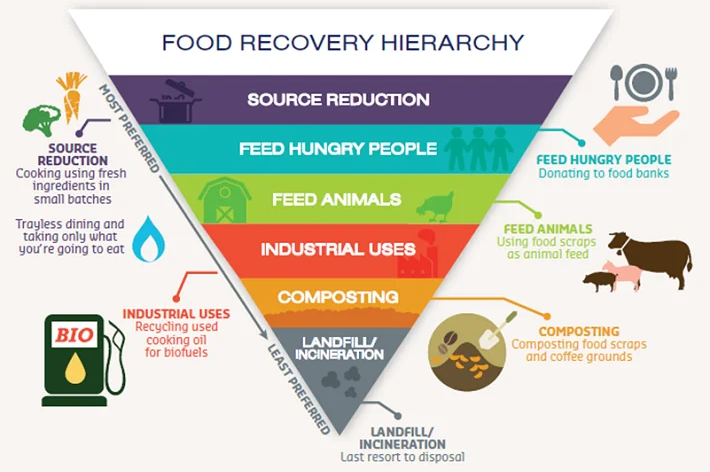OSS
×Quality & Health Safety and Enviroment
Environment, Health & Safety Solution Quality Management SystemSoftware Engineering
Process Excellence Tech ExcellenceDigital Transformation
TM Forum Digital Maturity Model (DMM) Business & Digital Transformation Strategy Digital Marketing Solutions ServicesDigital Transformation
Integration and leveraging of new and existing technologies, processes and competencies into the way business is done. Read More
Digital Strategy & Targets
Identifying the different ways technology can be leveraged to create value, categorized as external or internal opportunities. Read More
Customer Intelligence
Collecting and analyzing customer interaction data to gain insights about customer behavior. Read More
Digital Marketing
Marketing that uses electronic devices to convey promotional messaging and measure its impact. Read More
Five Trends in Risk Management to Watch in 2023: What You Need to Know.
Which major trends are we now observing in the risk management industry? In this article, we outline five trends and discuss how they will change risk management in 2023. Read More
Staying Afloat as a Healthcare Risk Management leader is one of the Best Things You can do
The process of detecting risks that could endanger a healthcare organization, its patients, personnel, or anybody else in the institution is known as risk management. Read More
Reach out to us in the nearest office.
Oman Office
Muscat
2nd Floor, Tamimah Building, Al Nahdah Road, Al Wattayah, PO Box 395, Muscat 118.
Muscat, Sultanate of Oman










